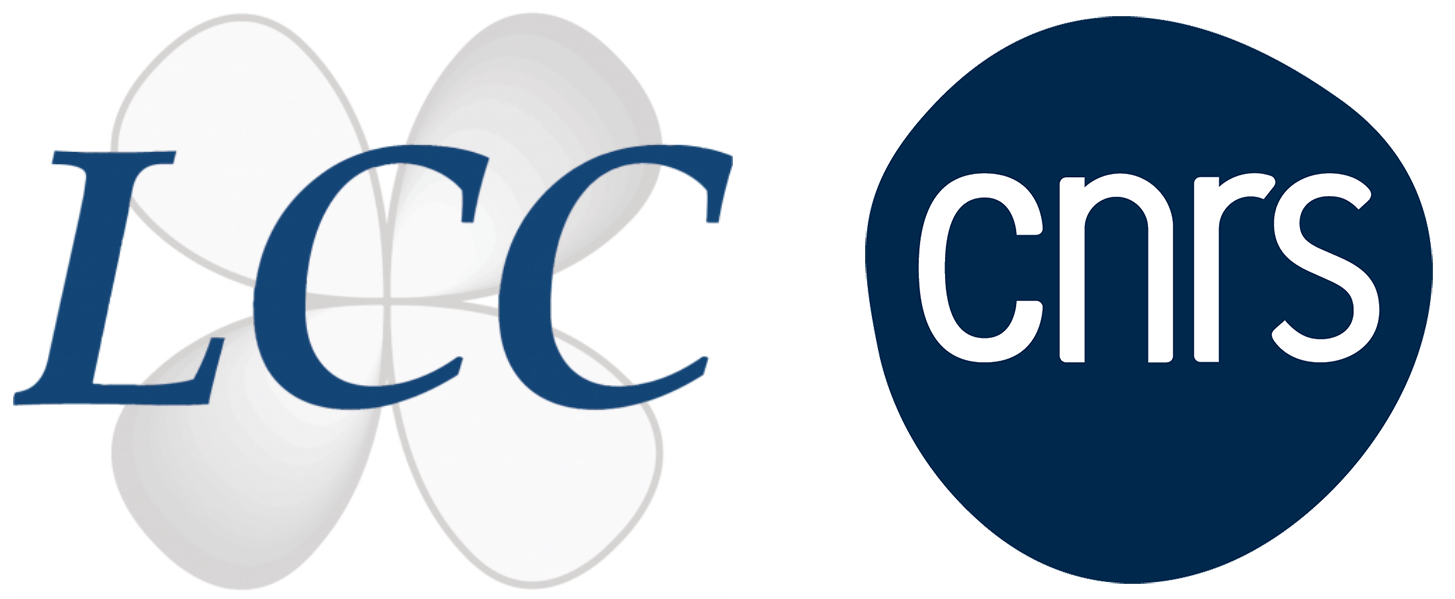
Conférence Dr Nuria Romero Fernandez

Dr Nuria Romero Fernandez
LCC CNRS, Toulouse
Tuning Nanoparticles with Ligands and Metals for Green H2 production
Green hydrogen production remains a key goal in sustainable energy conversion, yet the rational design of active, stable, and earth-abundant catalysts continues to be a central challenge. In this talk, I will discuss how the catalytic activity of metal nanoparticles toward the hydrogen evolution reaction (HER) can be systematically tuned through ligand engineering, metal composition and nanoscale structuration. Using ruthenium nanoparticles, we explore how different surface ligands modulate electronic properties, thereby controlling activity. Furthermore, we examine the synergistic effects arising from bimetallic systems such as Ru/Pt, which offer enhanced performance through optimized hydrogen binding and improved stability. Moving beyond noble metals, the presentation will also address emerging approaches based on Earth-Abundant-based metal nanoparticles as cost-effective alternatives.
Références
1) H. Hou, C. Cerezo-Navarrete, D. A. Fenoll, M. Kraft, C. Marini, L. Rodríguez-Santiago, X. Solans-Monfort, L. M. Martínez-Prieto, N. Romero, J. García-Antón, X. Sala, Inorg. Chem. Front., 2025, 12, 4569.
2) N. Romero, M.Gomaa, J. Esvan, M. A. Rodrigo, K. Philippot, J. Lobato, Nanomat., 2025, 15, 506.
3) T. Straistari, N. Romero, J. Esvan, M. Gil-Sepulcre, C. Amiens, O. Rüdiger, S. DeBeer, S. Cavaliere, K. Philippot, Nanoscale, 2025, 17, 17592.
4) G. Martí, A. Lozano-Roche, N. Romero, L. Francàs, K. Philippot, R. Bofill, J. García-Antón, X. Sala, Topics in Organometallic Chemistry, Springer, 2024, p105-132. ISBN 978-3-031-73840-1
